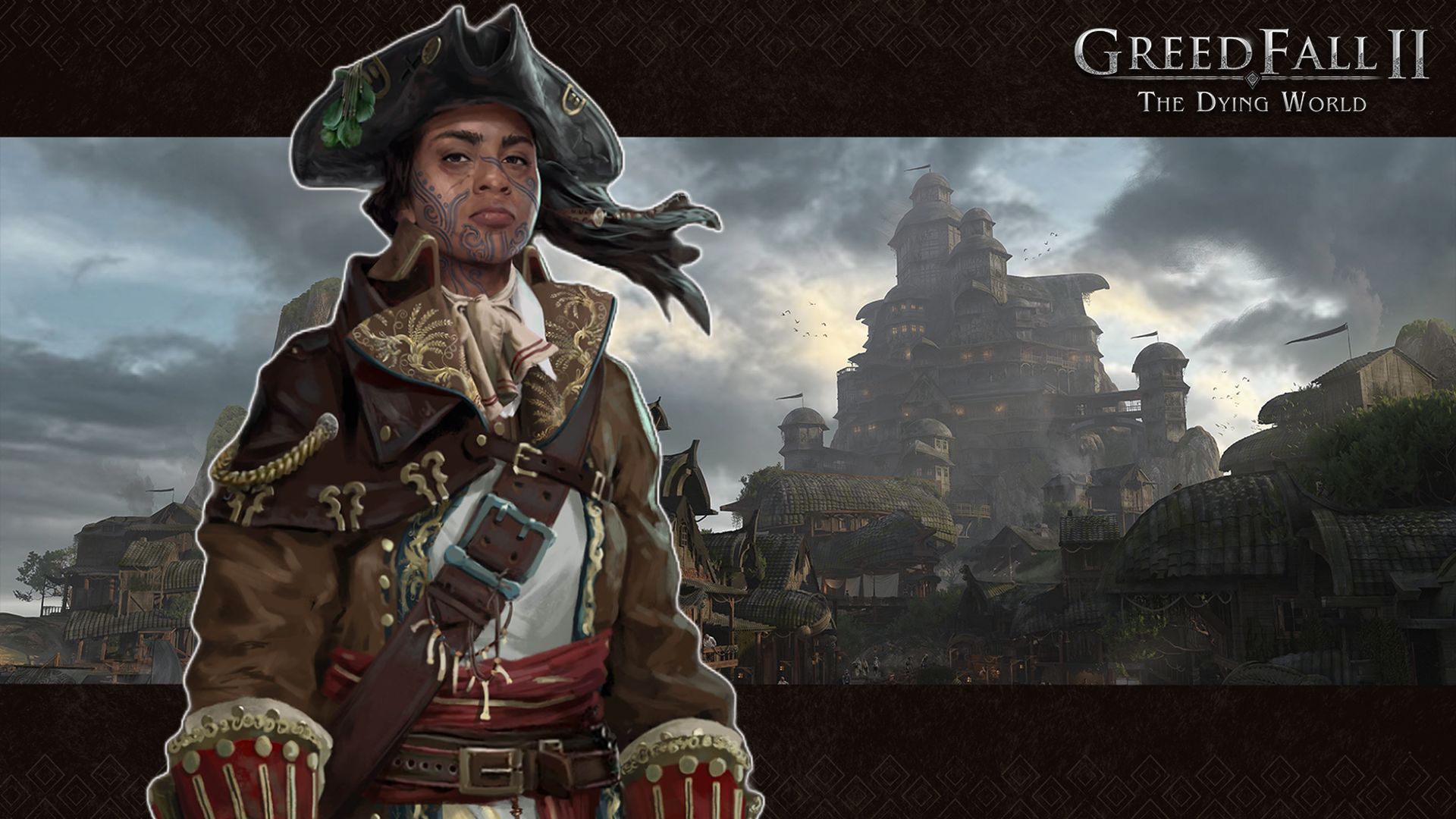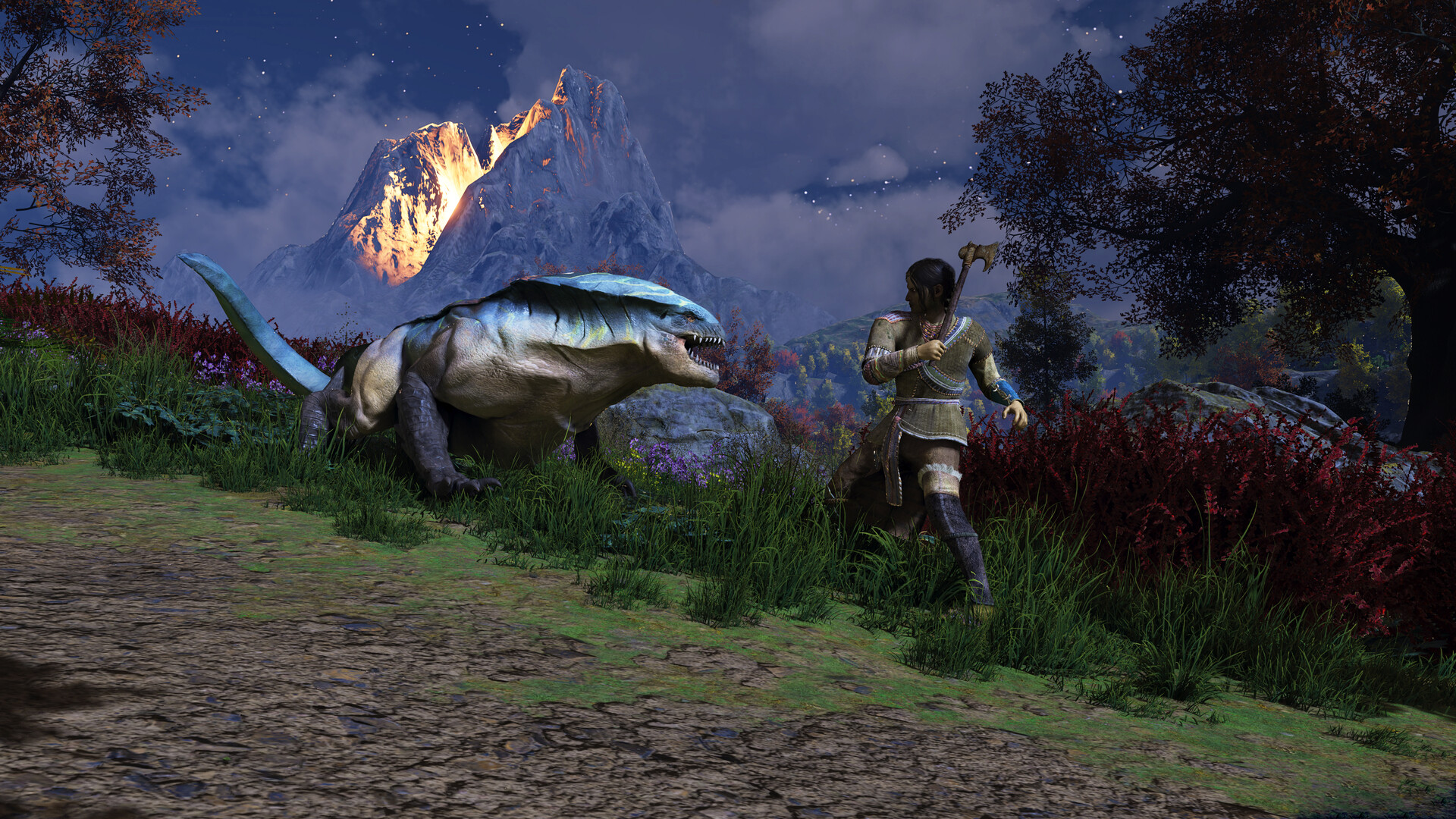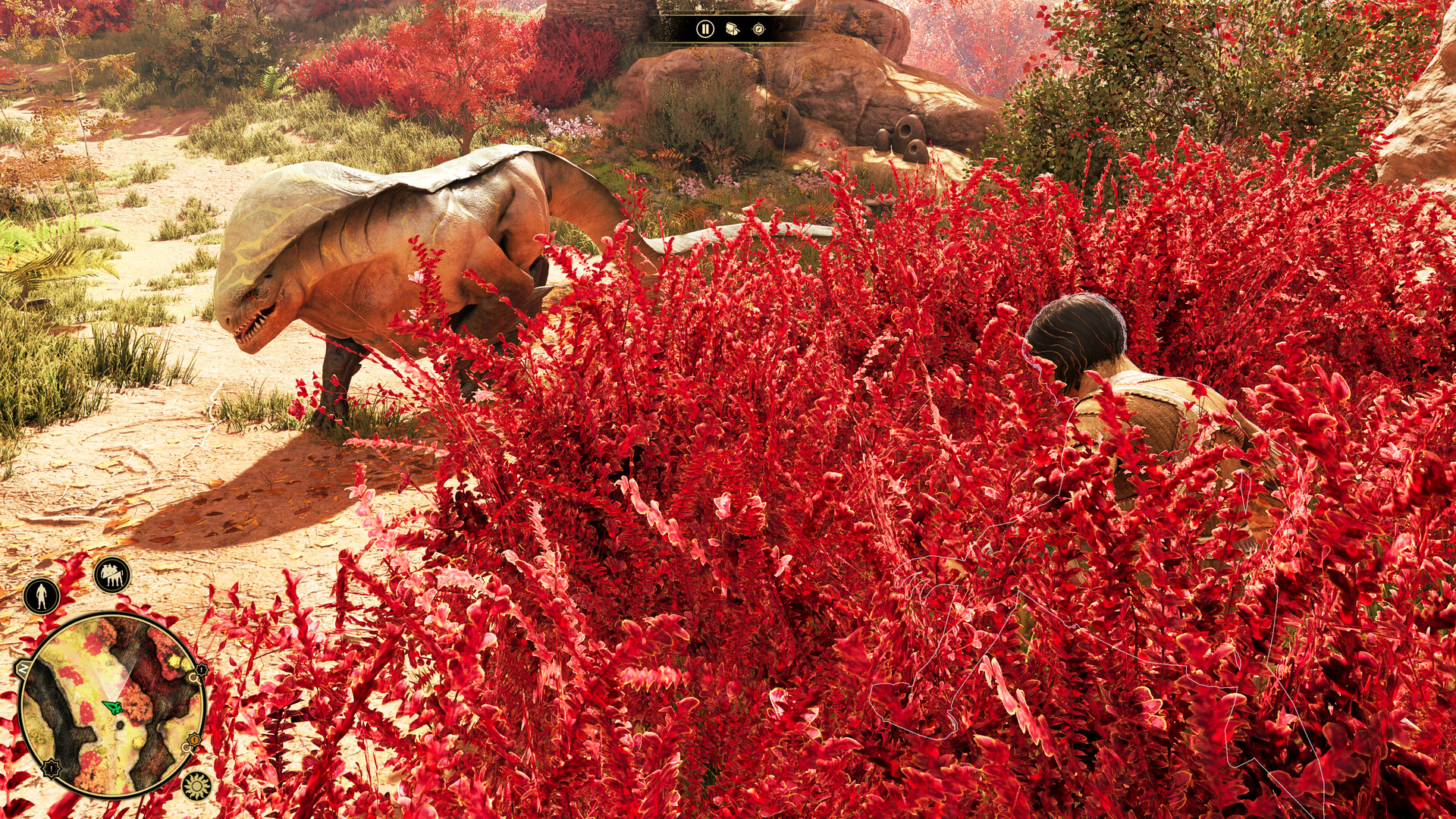Back in 2019, Spiders released GreedFall, an action RPG with an unorthodox fantasy setting based on the 18th century with colonial themes. It wasn’t the most polished, graphically accomplished, or narratively compelling in its genre, but considering it was the same year that BioWare released Anthem. To say that fans wanted a more traditional single-player role-playing experience with companions, factions, choices, and consequences was an understatement.
GreedFall would become successful in its own right, selling over one million units by November 2020 and shipping two million by May 2022. Spiders would announce a follow-up, GreedFall 2: The Dying World, around the same, but opted for a different rollout – early access. Call it taking inspiration from Baldur’s Gate 3 to work with the community and build the title alongside them, taking feedback and polishing it all the while, but it sounded like a decent approach.
“The first hour or so is pretty dull, especially given some of the lackluster personalities in the village (though they try their best, performance-wise).”
Many early access titles offer less-than-polished experiences – it’s right there in the “early” part of the name – and Spiders has stated that this is only 30 percent of the entire game. Unfortunately, it suffers from its fair share of polish issues, bugs, animation jank, performance problems, and whatnot. While these can be fixed down the line, some more fundamental issues with the overall gameplay (including the combat) warrant discretion for anyone taking the plunge. It’s a shame because there are some things, like about GreedFall 2, and if everything goes well, it may just stand out among the big players.
A good place to start improving would be the character creator. Current options are limited, and though options and even Transmog are promised, there’s no ETA. I could live with that if the hair didn’t have awful aliasing. It gets somewhat fixed as you progress, but it still pops up on occasion, whether with your companions or other NPCs and breaks immersion.
The story begins three years before the first game’s events, with players controlling a Teer Fradee native named Vriden Gerr. They’re commonly referred to as “Rootless” by childhood friend Nilan, due to their interactions with outsiders from the Bridge Alliance. Nevertheless, they’re set to complete their initiation to become Doneigada, keepers of nature and the Teer Fradee, but first, you must complete two missions.
Setting out with their other childhood friend, Sheda, players traverse the region and must rescue hunters from their village while investigating a mysterious sickness. As an introduction to the core gameplay and the Teer Fradee, especially the latter’s customs and how they’re affected by the Bridge Alliance’s activities, GreedFall 2 is a little uneven. The first hour or so is pretty dull, especially given some of the lackluster personalities in the village (though they try their best, performance-wise). Even Nilan and Sheda can feel one-dimensional at times, and the initial missions can feel lackluster.
“The quest design is otherwise fairly rudimentary. Activate your tracker vision to discover clues, sneak around (since fighting can feel pointless in some places), and pass skill checks – you get the idea.”
Things open up more when exploring more of the land, if only because it allows your party’s personalities and overall dynamic to emerge. It doesn’t quite make up for the protagonist’s lack of a personality since almost every decision can be justified towards their overall stoic character (even if some have more positive results than others). However, I’m keen to see if siding with any particular faction changes that dynamic, like in the first game.
For now, some decisions feel like they provide the illusion of choice rather than worthwhile alternatives. Why wouldn’t I slay the Trappers who are indiscriminately killing animals in the region, or just keep save-scumming until I succeed in the diplomacy check? Why would I pay a whopping 2000 Gold or try to convince the village king to give them 50 skins?
Perhaps the fallout will manifest down the line or in how the different factions perceive me. At the very least, there were consequences to failing a diplomacy check with a Chief Miner since it affected other Teer Fradee. I can also see another story quest affecting things down the line with a companion.
The quest design is otherwise fairly rudimentary. Activate your tracker vision to discover clues, sneak around (since fighting can feel pointless in some places), and pass skill checks – you get the idea. While not particularly unique, all of these elements work well enough, and though the quest steps can feel tedious, I was interested to see what happened next.
Fortunately, the story-telling picks up when the protagonist, Nilan and Sheda are taken prisoner by the Bridge Alliance and shipped overseas for reasons unknown. However, it may tie into the Malichor, a disease spreading like a plague throughout the continent of Gacane.

“Gone is the sleek, fast-paced combat of the first game – instead, GreedFall 2 opts for real-time with pause combat. You can designate enemies for units to auto-attack or pause and issue orders, with abilities costing Action Points and having cooldowns.”
There, they meet a good chunk of the main companions in prison – Fausta, a mysterious individual jailed for committing a crime; Sybille, a legate of Thélème (a nation which doesn’t take kindly to the Bridge Alliance); and Alvia, a Naut whose honest and strong-willed. After rendezvousing with former soldier Ludwig, the adventure begins in earnest.
Some of the writing and plots could use some cleaning up, but the dialogue interactions are pretty solid overall. Though the facial animations are nothing to write home about, they’re not a disaster either, and each main cast member turns in some decent performances.
However, it doesn’t make up for the unoptimized performance or unpolished presentation. GreedFall 2 can look detailed at times, especially with the environments, but the fidelity is far from mind-blowing, and the performance is uneven. The more enclosed areas run better the overall aesthetic feels like it’s a step back from the first game, even if some lighting and shadows occasionally pop out.
That’s not accounting for all the bugs, like textures on the character’s clothing taking time to load at multiple points during a conversation – a headache-inducing affair. Or the terrible upscaling implementation – both FSR and DLAA created noticeable outlines around characters, even if they fixed some of the issues with hair aliasing. Even if you can stomach the visuals – “early access,” lest we forget – the battle system will take much more getting used to.
Gone is the sleek, fast-paced combat of the first game – instead, GreedFall 2 opts for real-time with pause combat. You can designate enemies for units to auto-attack or pause and issue orders, with abilities costing Action Points and having cooldowns. It’s possible to switch to other party members and control them directly. If you’re initiating an area-wide melee attack and want to avoid some friendly fire or want to target specific enemies, it’s ideal.

“The inventory menu is the biggest waste of space I’ve ever seen, with how small each equipment category icon is. However, the dialogue menu is just awful and so barebones that it’s embarrassing.”
The problem is the execution. Some abilities are area-of-effect, and as a result, a target or ally could walk right out of their space, completely wasting the Action Points. Auto-attacking can also feel stilted, and selecting targets can be difficult unless you reposition the camera slightly. I also encountered instances where characters kept trying to reposition themselves to attack mere inches away, running into their allies and getting stuck in an annoying loop.
I did get used to all the idiosyncrasies of combat, especially as more options and abilities opened up, but it still felt awkward. The lack of setting specific commands for allies, like Nilan healing someone if their health drops below 50 percent or staying back and not diving into the fray against melee combatants, is also baffling.
As you familiarize yourself with each companion’s abilities and skill sets, learning the ins and outs of the attributes and talents, you’ll also accumulate a fair amount of gear. It’s straightforward enough, especially when trying to min-max armor types based on proficiencies.
However, the stats on higher-tier weapons can be baffling at times. An orange-tier one-handed mace has a chance to inflict Weakness on enemies sounds great, except the chance is low, and all the other stats leave something to be desired.
Finally, there’s another aspect of the experience, the earliest of all, to access – the UI. The skill trees, attributes and talent menus are all well and good, as is the Journal, even if its open objectives could be arranged better. The inventory menu is the biggest waste of space I’ve ever seen, with how small each equipment category icon is. However, the dialogue menu is just awful and so barebones that it’s embarrassing. It’s likely a placeholder, but how this passed muster is truly beyond me.

“GreedFall 2: The Dying World is a pretty big shift from the original in some ways and a downgrade in others, and it’ll need more than just time to come into its own.”
Other issues are hampering the experience, like weapons suddenly disappearing amid combat, fast travel mysteriously disappearing, and a black screen that occurs when skipping through dialogue with the Spacebar. Once again, all of these can be fixed with time. It’s the more deep-rooted issues with the visuals, combat, UI, and polish which will take longer to address.
Whether fans are willing to give it that much time is unknown, especially when there are many other compelling RPGs to experience. Maybe it’ll surprise me down the line and hone in on all those aspects that shine while ensuring its fundamentals are more polished and enjoyable. For now, GreedFall 2: The Dying World is a pretty big shift from the original in some ways and a downgrade in others, and it’ll need more than just time to come into its own.
This game was reviewed on PC.














